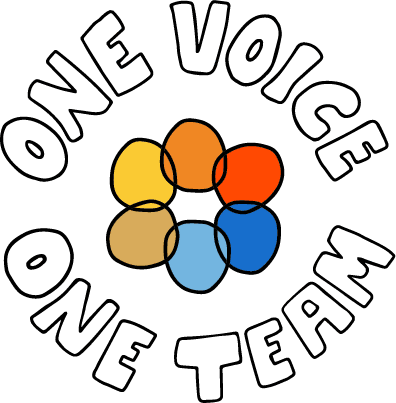
National Indigenous Peoples History Month:
Understanding the Significance
Roy Pogorzelski , a Métis/Cree from Northern Saskatchewan and One Voice One Teams very own program delivery specialist defines the importance of this month through his cultural connection.
June 10th, 2022
Roy Pogo
It was 26 years ago, that June 21st was declared National Aboriginal Day by the Governor General of Canada, Romeo Leblanc. This being the same year that the Royal Commission on Aboriginal People’s (RCAP) report was released. This five-volume document outlined 440 recommendations on Aboriginal governance, nation rebuilding, lands and resources, treaties, economic development and social policy. All in all, this extensive report called for Truth and Reconciliation. The year 1996, also saw the last Indian Residential School in Canada close its doors on Gordon’s reserve in Punnichy, Saskatchewan.
In 1996, I was heading into high school at Winston Knoll Collegiate in Regina, Saskatchewan, quite close to the George Gordon First Nation reserve. I am Métis/Cree from Northern Saskatchewan (Meadow Lake/Green Lake/Flying Dust, etc) and I am fortunate to come from a very culturally connected family. My nohkom (grandmother) Dora (Aubichon) Morin who just recently passed away at the age of 88 was born in Green Lake Saskatchewan and married my nimosom (grandfather) Fred Morin from Meadow Lake Saskatchewan. My Nikawi (mom) is Audrey Morin born in Meadow Lake, Saskatchewan in the 1950’s. I was raised around the culture, it was practiced in the household. My nohkom and nimosom spoke Cree and my nohkom also spoke Michif (Métis language), but my nikawi lost the language at a young age due to the impact of the church run schools in Northern Saskatchewan.
As I continued to learn and practice my culture, I started to realize that many of my okomaw’s (great grandparents) defended and fought to protect Métis land and cultural rights in Northern Saskatchewan alongside respected leaders Louis Riel and Gabriel Dumont. This means that post 1885, there was a lot of discrimination against the Métis and Cree people, my families were branded as “rebels” and “traitors” by the Government, our leader was hung and heavy oppression and discrimination was directed at my multiple blood lines. Learning about my nohkom’s experience in the Green Lake Church School and my nikawi’s experience with schools in the north of Saskatchewan and British Colombia made me want to amplify their stories, become a scholar in Indigenous studies and advocate for Indigenous rights.
On June 21, 2017, the Prime Minister issued a statement announcing the intention to rename the day to National Indigenous Peoples Day, I believe this to be more inline with terminology around the United Nations on the Rights of Indigenous Peoples (UNDRIP) and to move away from the name provided (Aboriginal) as a blanket term in the Canadian Constitution that was used by the Canadian Government to recognize and affirm the rights of the First Nations, Métis and Inuit peoples. When I think of National Indigenous History Month, it reminds about the need for education and awareness, but also to honour my ancestors that so bravely fought for my rights as an Indigenous person. It is a day to gather and celebrate the many contributions of Indigenous peoples to Canadian society both past, present and future. The resiliency shown by my ancestors provides me with the wisdom, courage, humility and ability to be my authentic self, to be proud of my heritage and to continue to be an educator for those that seek to continue on their journey towards knowing. There are so many lived experience stories that are waiting to be told, so many more pieces of literature yet to be written and through the use of social media, opportunities to engage and connect with one another across the homeland.
This National Indigenous Peoples History month, I advise you to be your own scholar as an ally to Indigenous peoples. Connect with and understand the diversity amongst the over 600 First Nations, diverse Métis communities and learn about the Inuit peoples and Northern Indigenous peoples by planning a visit to the North of Canada. It is also Pride month as we celebrate the intersectionality of Indigenous Canadians through honouring our two-spirited brothers and sisters. Take this opportunity to attend events, read a new book, or engage with a new podcast, support an Indigenous business or donate to an Indigenous organization. There are many ways we can be present for June, but remember Indigenous rights, Truth and Reconciliation, raising awareness about Missing and Murdered Indigenous Women and Girls and Indigenous studies must continue to be learned year round.
Maarsii,
Roy Pogo

